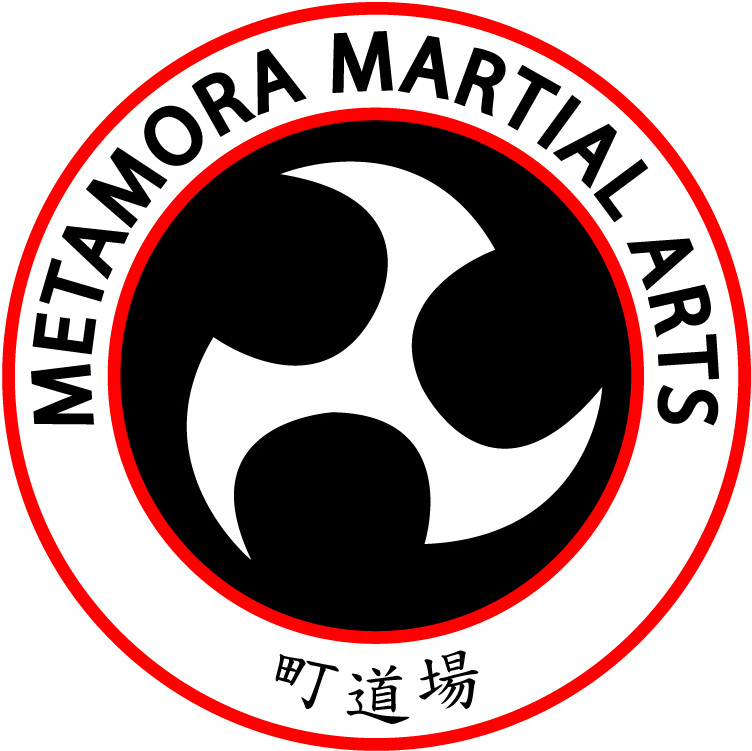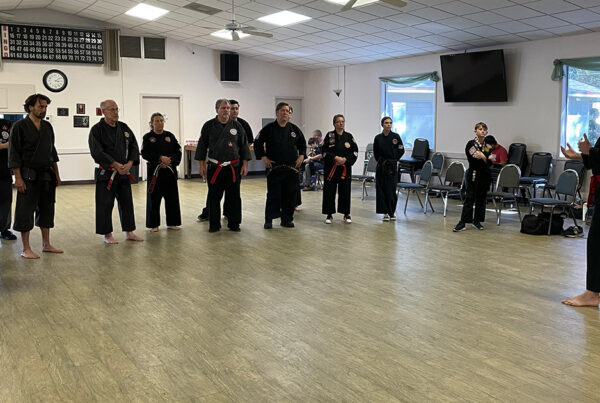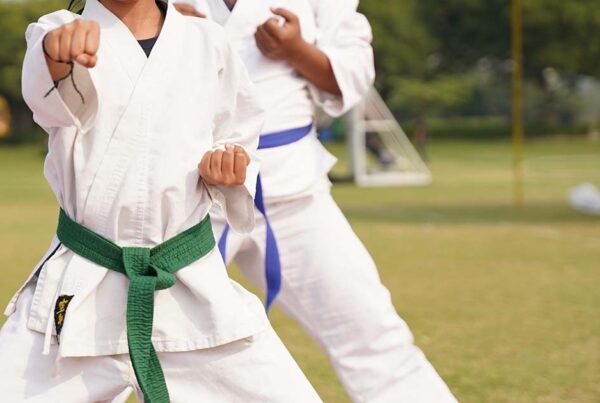A tai chi class is generally considered one of the safest, most accessible forms of exercise.
Participants need only comfortable clothing, an obstacle-free training space, a qualified instructor, and a willingness to learn to begin realizing the benefits of tai chi.
However, tai chi classes can pose a variety of issues as I’ll discuss here, including:
- Not knowing the difference between tai chi and tai chi chuan.
- Being potentially hazardous for pregnant women and those with certain medical conditions.
- Injuries caused by improper alignment or bad instruction.
- Impatience due to the difficulty one may have in learning the postures and forms.
- Slow, repetitive movements that could bore people, also resulting in a lack of focus.
- Not having enough space to do the required form.
Let’s take a look at each of these issues in more detail.
1. Not Understanding The Difference Between Tai Chi vs. Tai Chi Chuan
One of the first distinctions I recommend making when choosing a tai chi class is whether that class teaches tai chi or tai chi chuan.
Tai Chi Is For Health
Tai chi classes generally teach forms and postures beneficial for one’s health.
The phrase “tai chi” means “supreme ultimate.”
Tai chi methods include holding postures, practicing moving forms, and meditation.
Instructors may or may not know the actual self-defense applications of these postures or movements.
Signals that a class may be more oriented toward tai chi include:
- Longer, wider, deeper stances
- More exaggerated postures with the upper body and arms.
- Holding postures for longer periods of time.
- No mention of how the movements apply to a self-defense scenario.
All of these can help stretch and strengthen muscles, ligaments, and tendons.
Tai Chi Chuan Is For Self-Defense
“Tai chi chuan” translates to “supreme ultimate fist,” with the addition of “chuan” or “fist” indicating it can be used as a martial art.
In my experience, tai chi chuan adds another layer to tai chi because you get both the health and martial benefits of the forms and postures.
When evaluating tai chi programs near you, discuss with the instructor whether the class includes self-defense applications.
If you’re looking for them, ask about them.
You may also choose to forego the martial aspects of tai chi chuan in favor of tai chi, and that’s okay.
Signals that a class may be more oriented toward tai chi chuan include:
- Shorter, more narrow, higher stances
- Keeping the arms close to the upper body
- Transitioning postures relatively quickly.
- Discussion of how the movements apply to a self-defense scenario.
I have found teaching tai chi chuan that discussing the self-defense aspects of the art can help students visualize what they’re doing with their bodies, even if they have no desire to become a martial artist.
2. Ignoring Doctor’s Orders While Pregnant Or Dealing With Another Condition
Tai chi is heralded for its ability to be practiced by almost anyone.
Compared to CrossFit, for example, tai chi is accessible to most populations.
However, the Mayo Clinic recommends that pregnant women or people with the following conditions consult their healthcare professional before practicing tai chi:
- Joint problems
- Back pain
- Fractures
- Osteoporosis
- Hernia
In collaboration with a healthcare professional, an instructor should be able to recommend modifications for certain postures or avoid them all together.
3. Not Aligning Your Body Properly
Improper tai chi practice could result in a variety of aches and pains in the knees, ankles, back, or other areas.
A 2014 study found that:
Tai Chi is unlikely to result in serious adverse events, but may be associated with minor musculoskeletal aches and pains.
My recommendations would be the following:
- Pain means pain, so don’t ignore it. Work with an instructor who’s been practicing and teaching the art for a while. He or she has likely worked with individuals who’ve experienced these types of issues and have guided them through their issues. They should also realize where their scope of practice ends and refer you to your primary care provider.
- Work with a credentialed instructor. I’m not talking about someone who paid money to belong to an association. I’m talking about an instructor who also happens to be certified through an accredited organization. Those types of credentials generally require that a true professional be certified in things like first aid, AED, and CPR.
I have seen and worked with people who’ve overcome joint and back issues through tai chi chuan practice, but that takes time.
That leads us to our next point.
4. Tai Chi Takes A Long Time To Learn
Tai chi is not for the impatient.
Putting together the many postures and a form takes a long time to learn—it’s not unusual for a person to practice for months or even a year before they truly start to grasp what they’re doing.
In my experience, the art has humbled people who think they’ll pick it up quickly.
Or, a person may find out what they don’t know, and after practicing for a few months, pick up on subtleties that they just discovered.
5. Slow, Repetitive Movements Could Result In A Variety Of Issues
Tai chi may not be for you if you don’t like to slow things down once in a while.
In particular, tai chi requires focus and could bring about fatigue.
Unlike other martial arts and even some yoga styles, tai chi typically involves slower, repetitive movements.
While karate, for example, typically switches up the pace between fast and slow, tai chi generally moves at about the same pace throughout the practice of a form.
That’s not to say you can’t switch up the speed in your individual practice, but as a group, the pace is typically the same.
The length of the form, combined with the slow movements, could cause a person’s mind to wander and lose focus during practice.
I know that’s happened to me.
I’ll be halfway through the form and think about something else—stressing about my day, planning an upcoming event—and all of a sudden, I forget where I’m at.
Regardless, tai chi’s relatively slow pace could result in a lack of focus.
Another issue tai chi could bring about is fatigue.
Those who lead sedentary lifestyles, like sitting for long periods of time, may be fatigued from tai chi chuan practice, which is done from a standing position.
If you want to practice tai chi chuan but find yourself losing focus or tiring quickly, try practicing in shorter lengths of time and build up from there.
6. Not Having Enough Space
Finally, one of the problems with practicing tai chi is not having enough space.
While I certainly don’t know all of the forms, the one I know (with 181 movements) and the ones I’ve seen involve a large surface area.
That’s why you often see tai chi classes promoted in outdoor spaces, such as a park.
It can be difficult to accommodate large classes indoors, or just practice at home.
Practicing in a smaller space requires some creativity, such as:
- Stepping back when you would normally step forward.
- Taking shorter steps in the form instead of longer steps
- Shortening up your stances so they’re not as long
Overall, I don’t consider these issues deal-breakers when it comes to studying tai chi or tai chi chuan.
But, if you’ve never taken a class before, these are some considerations to ponder as you discuss with an instructor the possibility of you joining.

Photo by Keenan Constance on Unsplash




